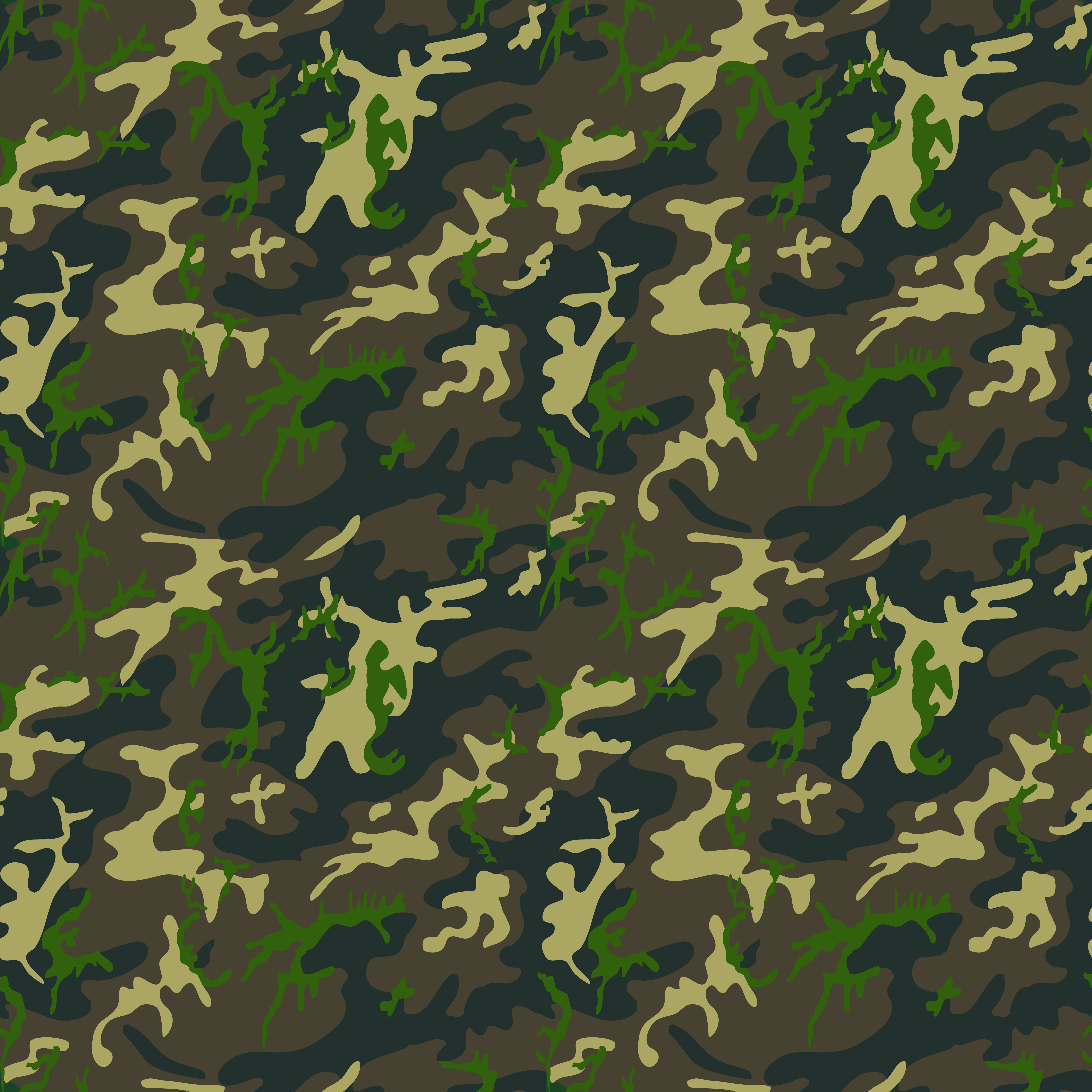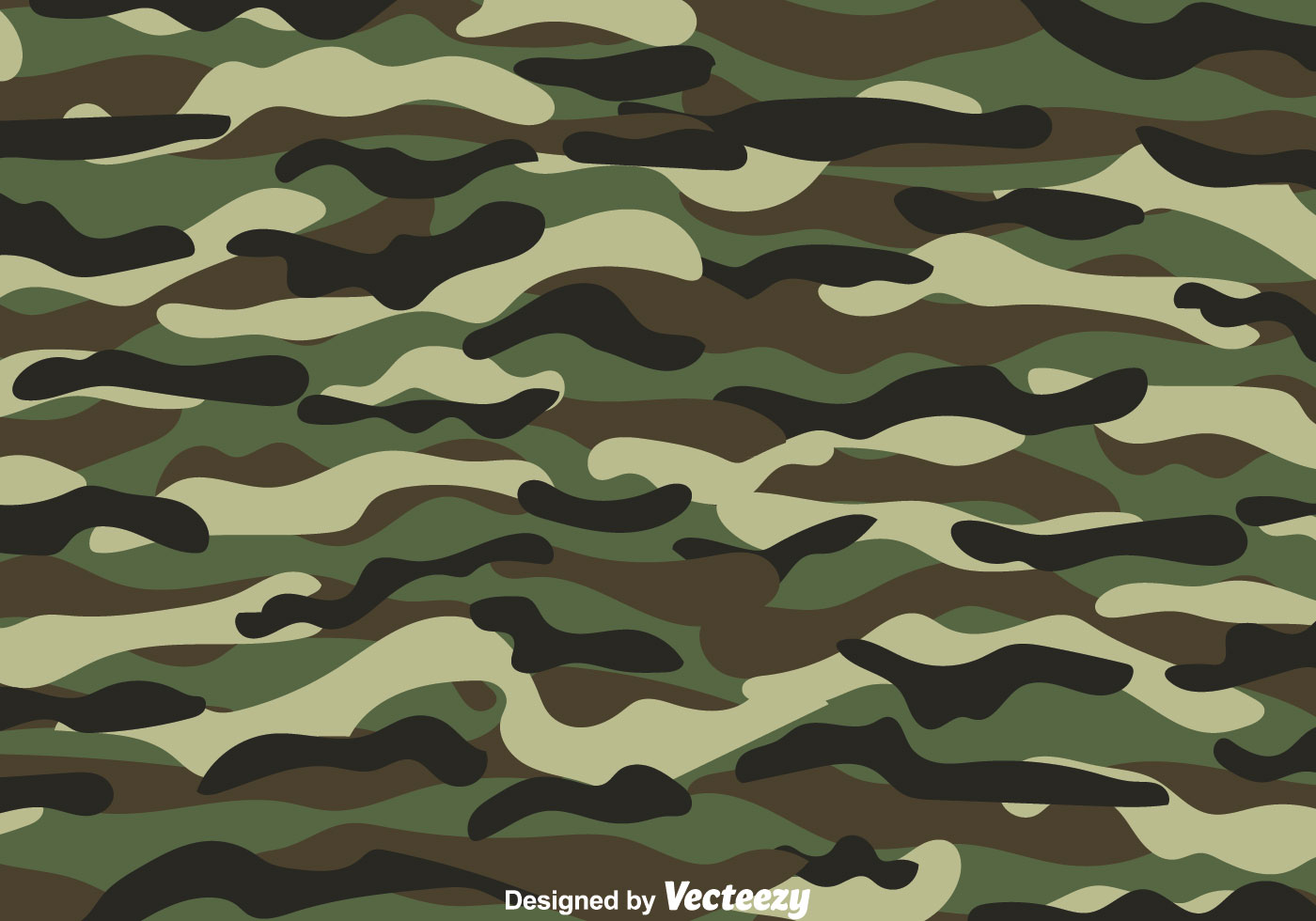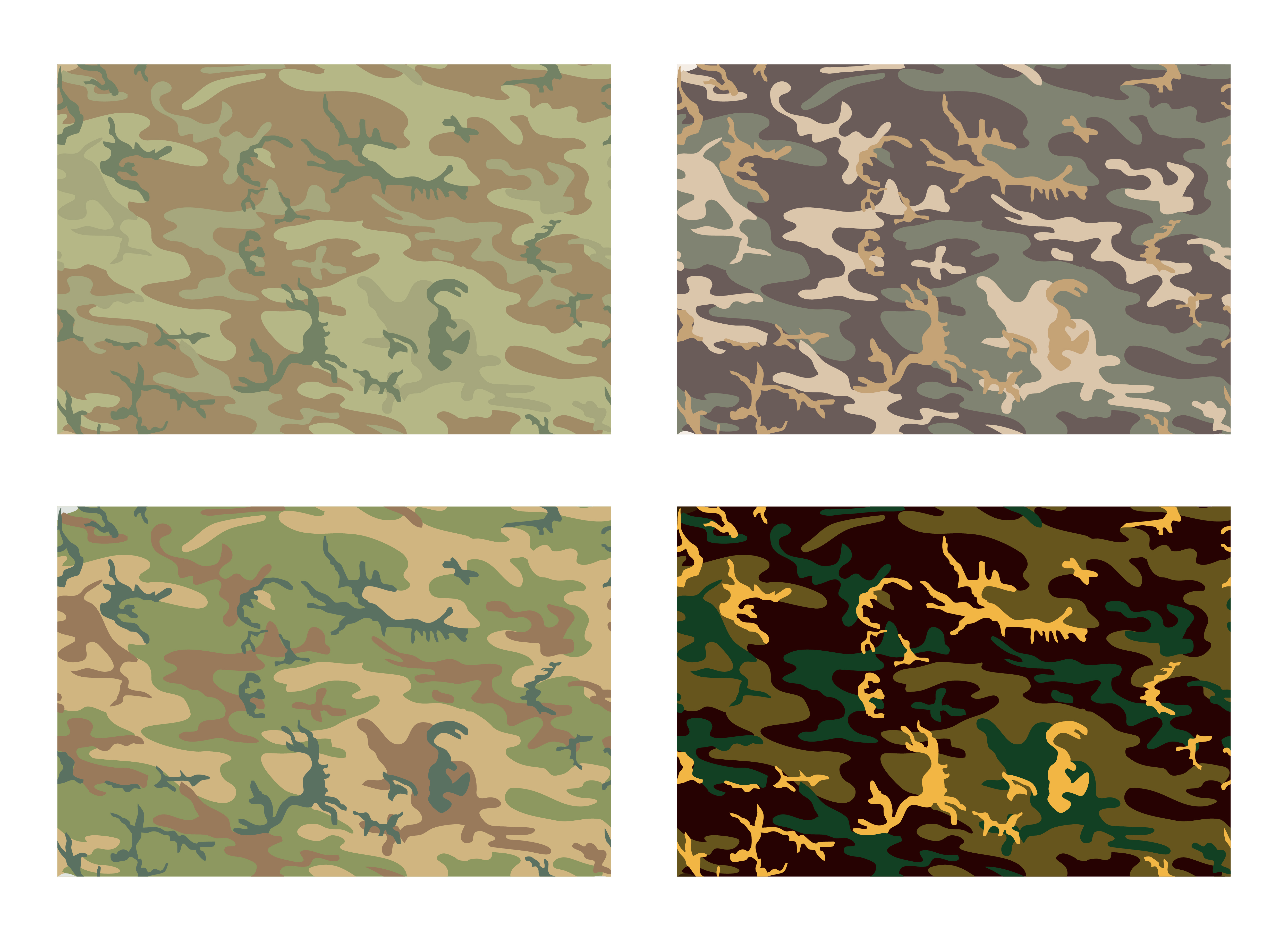
Some WW2 era parachutes were printed with a three color green spot pattern, a pattern which continued to be used well into the 1950s.As with the jungle pattern clothing, the poncho is reversible from a green dominant to a brown dominant scheme. A variant of the standard M1942 reversible spot pattern camouflage was also printed on water-repellent fabric and constructed as a poncho/shelter half.There are some mild color variations within both the green and the tan dominant versions, the differences owing to slightly different dye lots used by the various factories contracting with the US government during wartime. Produced in a variety of uniform styles as well as some articles of field equipment, the pattern was most widely utilized by the USMC in the Pacific Theater (although it did see very limited usage by the US Army operating in the ETO). Nicknamed “frogskin” by many GIs, the pattern consists of a five color, green dominant “jungle” camouflage pattern printed on one side, with a three color, brown dominant “beach” pattern printed on the opposite side. The green dapple or spot design, reversing to a tan/brown variation, began distribution to US military forces beginning in August of that year.

The pattern chosen was actually designed by civilian Norvell Gillespie (horticulturist and garden editor of Sunset, Better House and Gardens, and the San Francisco Chronicle). MacArthur in July of 1942 for production of 150,000 jungle camouflage uniforms for use in the Pacific Theater. Nevertheless, the process of its introduction into the US supply system was rushed, brought about by an urgent request General D. Prior to this point, the US Army Corps of Engineers had been applying themselves to developing camouflage for military applications as early as 1940. The first widespread use of camouflage by American military forces began in 1942.Manufacture and distribution of such suits, however, was minimal and although there is evidence to suggest speculation and experimentation regarding military camouflage clothing did continue in America after 1918, it was not given serious consideration until the Second World War. Another uniform designed by an Army Engineer unit at the American University in Washington, DC consisted of jacket, trousers and hood painted with wide dark stripes on a lighter-colored fabric, and was intended to provide concealment specifically while hiding in trees. One design, based on the British-designed Symien sniper suit, consisted of loose strips of multi-colored cloth, twine or burlap attached to a loose-fitting hooded jacket & trousers, designed to appear as foliage from a distance. Like her British and French allies, military engineers experimented with a number of designs for hiding reconnaissance personnel and snipers employed along the frontiers. The development of camouflage patterns specifically for military application by American forces can be traced to the First World War.




 0 kommentar(er)
0 kommentar(er)
